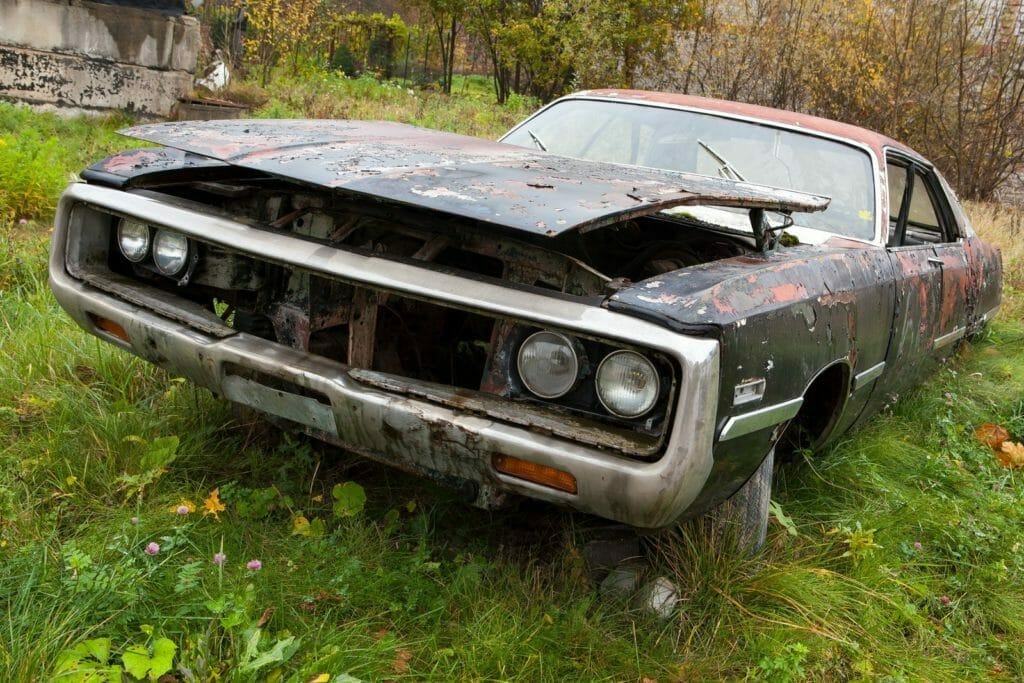Preventative Maintenance – For Shop Owner’s Cars

How important is preventative maintenance? How important do you, as an auto shop professional really believe it is? Equally critical, how important does your service staff think it is?
When your clientele visits your auto shop location, is the staff parking area filled with clearly neglected cars? How often do you and your sales or mechanic staff check and change your fluids, check your air pressure, rotate your tires, or replace your wiper blades? If you sampled your staff would they be able to tell you the condition of their spark plugs, their car batteries, their engine air filters, or their timing belts? Could they fluently advise your customers about when the systems in their vehicle need routine attention?
Regular preventative maintenance extends the life of your car, and if the car is paid for, the price of the maintenance is a fraction of the cost of purchasing a new vehicle. It’s even far less expensive than buying many used vehicles which are pricier since they are in shorter supply – a consequence of the economic recession and a significant drop in new car sales over the last half decade or so. As Nicholas Gerbis of How Stuff Works explains:
“…let’s compare a new car to a paid-off car with standard maintenance. To make it interesting, let’s stack the deck in the new car’s favor by saying that you drive 24,000 miles (38,624 kilometers) per year, which is double the national average. In five years, that adds up to 120,000 miles (193,121 kilometers) under your wheels, which translates to 35 to 40 oil changes. At $40 apiece, you’re looking at $1,400 to $1,600 — let’s call it $1,500. Figure in another $2,200 for miscellaneous service costs (filters, hoses, tire rotations and so on) and another $1,500 for a few major items like a timing belt replacement, new brakes and shock absorbers. Tally that up and you get $5,200, or around $1,040 per year.”
Put that way, the cost of routine maintenance seems like small change. Still, most of your customers don’t see it that way, and, at the very least, need to be reminded to pay attention to the condition of parts they never see. This needs to be part of your marketing strategy.
Many car owners, particularly those with larger budgets, would prefer to drive a working car in for regular maintenance than even imagine the stress of a highway breakdown or an embarrassing parking lot tow away. Risk averse people prefer to solve problems before they become problems, and marketing routine care to them helps to keep them in well working vehicles as well as providing a more steady stream of work for your auto repair shop. This is the demographic that your sales associates need to target. Make sure that they have on hand a simple checklist of preventative repairs and replacement they can discuss with your customers when they are in to have other work done and that they understand the full importance of it.


Responses